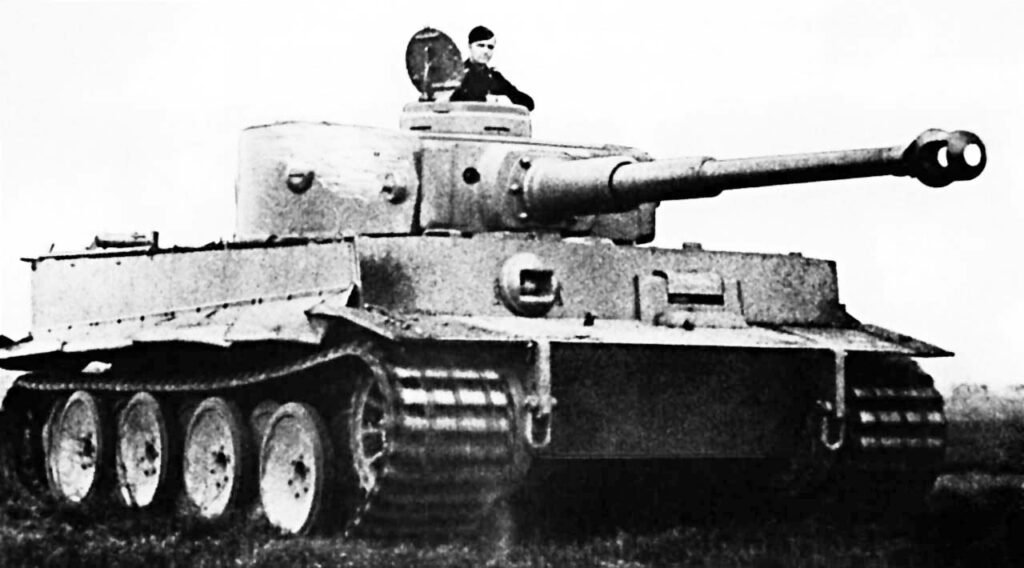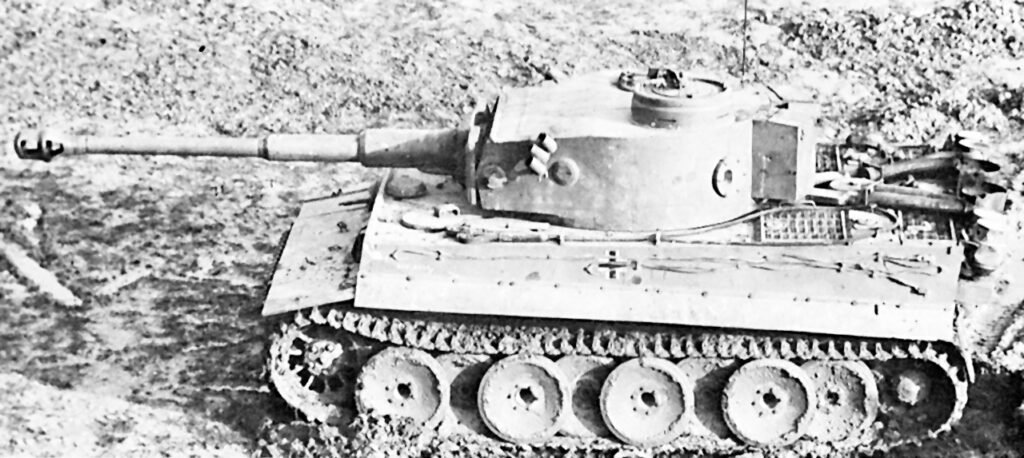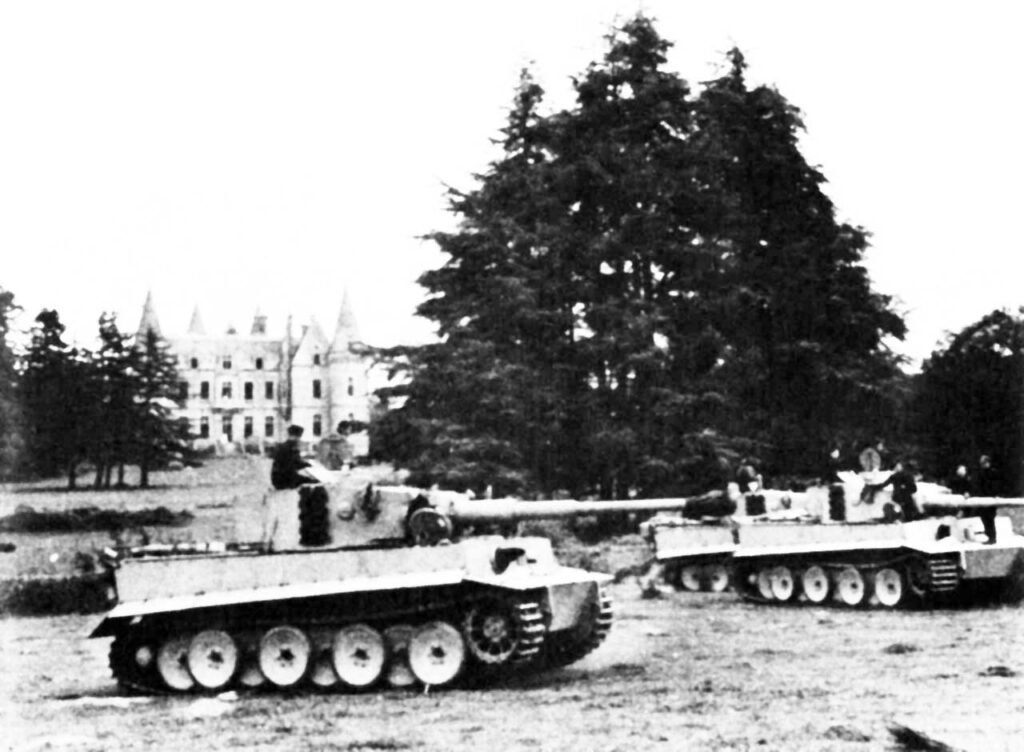TIGER I gallery 2


















































In 1976, engineer Viktor Aleksandrovich Shurygin of the Titan Design Bureau in Volgograd began designing a new artillery system for coastal...
(Omani G6-45 image). Although the G6-45 Rhino was offered for export, the political situation in South Africa at the time did...
(G5 and GV6 image). The shortcomings of the SADF's artillery had become evident during clashes with Angolan Forces in the South...